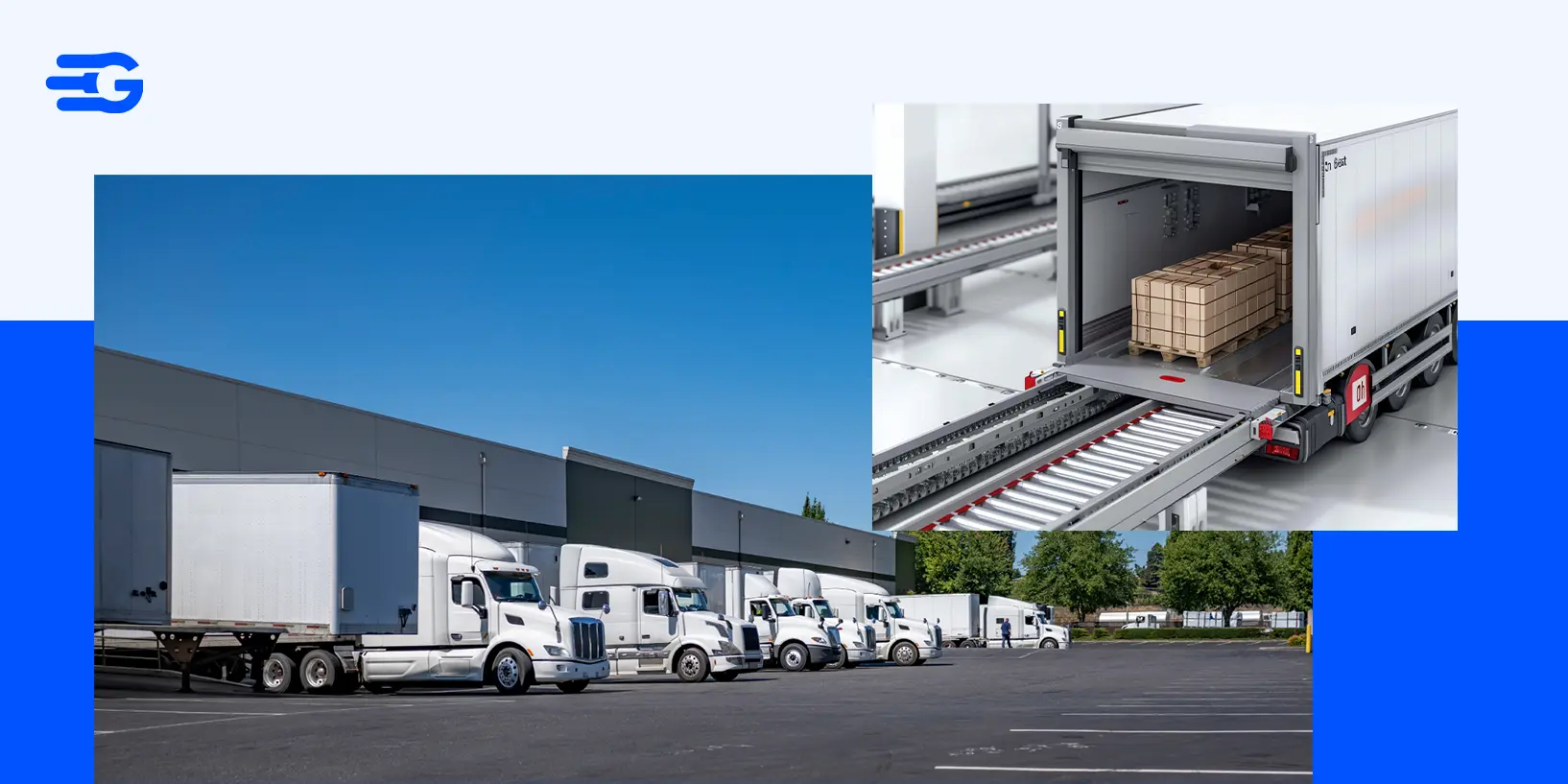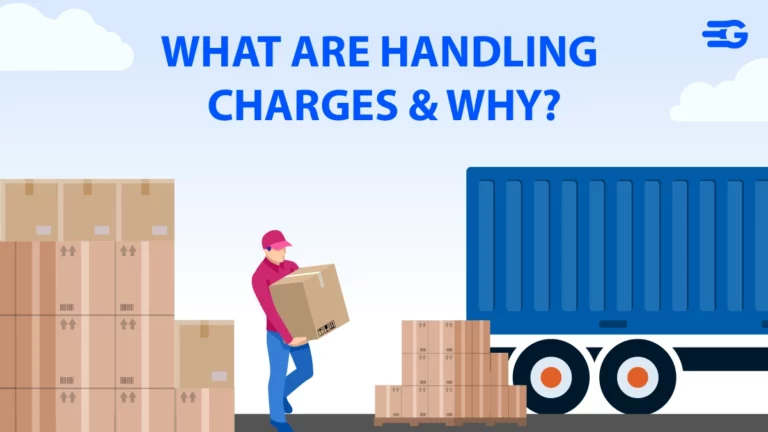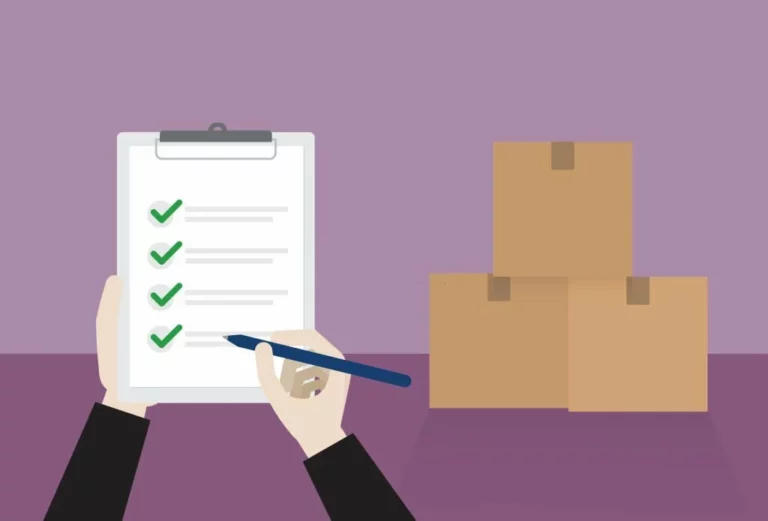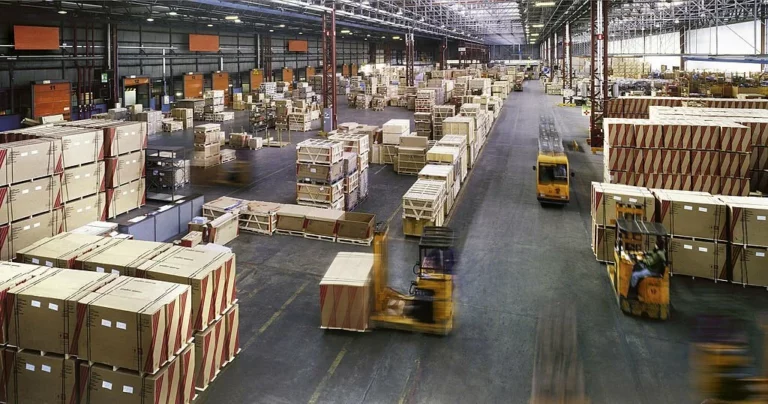A Comprehensive Guide to Cross Docking: Insights and Best Practices
Table of Contents
Cross Docking is the answer to what a business always seeks, “the quickest way possible”. It cuts down storage costs, reduces handling time, and keeps inventory moving. But is it the right choice for your business, and how does it actually work?
We have answers to all your questions. Let’s get started!
What is Cross Docking?
It is a logistics strategy that eliminates long-term storage by transferring goods directly from inbound shipments to outbound transportation. Instead of sitting in a warehouse, products move through a cross facility, where they are sorted, consolidated, and quickly loaded onto outgoing trucks.
This method reduces storage costs, minimizes handling time, and speeds up delivery. Retailers, manufacturers, and distributors use cross docking logistics to streamline supply chains, improve inventory flow, and respond faster to demand. The process works best for high-turnover products, time-sensitive shipments, and industries where efficiency is critical.
How Does it Work?
In this process, storage isn’t needed. Goods move straight from arrival to departure without sitting in a warehouse. Here’s how it works:
- Receiving shipments – Products arrive at a distribution center or docking terminal.
- Sorting and staging – Items are sorted based on their destination and quickly staged for outbound shipping.
- Immediate transfer – Goods are loaded onto outbound trucks, ensuring minimal handling and storage time.
- Final delivery – Shipments reach retailers, distribution centers, or end customers faster than with traditional warehousing methods.
This efficient process reduces storage costs, speeds up deliveries, and enhances inventory management, making it a game-changer for businesses handling high-volume shipments.
Advantages of Cross-Docking in Supply Chain Management
It offers several benefits that help businesses streamline operations and cut costs:
- Lower storage costs: With warehouse cross docking, goods move directly from inbound to outbound transport, reducing the need for large storage spaces.
- Faster deliveries: Since products don’t sit in storage, shipments reach customers or retailers much faster, improving service levels.
- Reduced labor costs: Less handling means fewer touches per shipment, cutting down on labor expenses.
- Better inventory management: Continuous movement of goods prevents stockpiling and reduces the risk of overstocking or obsolescence.
For companies handling high-volume shipments, cross docking services improve efficiency while keeping costs under control.
Unilever’s Sustainability-Driven Cross-Docking
While many companies adopt cross-docking to improve speed and reduce costs, Unilever focuses on sustainability. The global consumer goods giant has implemented cross-docking in its supply chain as part of its commitment to reducing its carbon footprint.
- Reduced Carbon Emissions – By moving products directly from suppliers to retailers, Unilever minimizes transportation and warehouse emissions.
- Efficient Packaging – Products are optimized for transportation through efficient packaging and palletization, reducing waste and improving space utilization on trucks.
- Result – Unilever has significantly reduced its environmental impact while maintaining supply chain efficiency.
Key Takeaway: Cross-docking can be leveraged not just for cost and time savings but also as a tool to meet sustainability goals, giving companies an edge in corporate social responsibility.
Types of Cross Docking
Not all cross docking services operate the same way. Different industries use specific methods based on their supply chain needs:
- Manufacturing: Raw materials and components arrive at a the facility and are immediately assembled into finished products before shipment. This is common in automotive and electronics manufacturing, where just-in-time (JIT) production is critical.
- Distributor: Products from multiple suppliers are consolidated, sorted, and shipped to retailers or distribution centers. This reduces transportation costs and improves supply chain efficiency, especially for FMCG and pharmaceutical companies.
- Retail: Large shipments are broken down and redirected to different retail locations based on demand. Big-box retailers and e-commerce businesses rely on this method to avoid overstocking and streamline inventory flow.
- Opportunistic: Used when a business identifies an immediate shipping opportunity. For example, if an inbound shipment matches an outgoing order, the goods are rerouted without storage, speeding up fulfillment.
Each type helps businesses move inventory efficiently, reducing handling time and storage costs while improving supply chain responsiveness.
When is Cross-Docking Used?
It is ideal for businesses needing rapid movement of goods with minimal storage. It is commonly used in the following scenarios:
- Perishable Goods: Industries handling food, pharmaceuticals, and temperature-sensitive products rely on it to maintain freshness and comply with safety regulations.
- Retail and E-commerce: Large retailers and online sellers use it to manage high-volume inventory efficiently, prevent overstocking, and speed up deliveries.
- High-Demand or Seasonal Products: Companies dealing with fast-moving consumer goods (FMCG) or seasonal inventory use it to meet demand spikes without long-term warehousing.
- Just-in-Time (JIT) Manufacturing: Automotive and electronics manufacturers depend on it to receive and ship components precisely when needed, reducing excess stock and storage costs.
- Supplier Consolidation: Businesses receiving shipments from multiple suppliers merge products before final delivery, cutting transportation costs and improving distribution efficiency.
By eliminating unnecessary storage and expediting shipments, cross docking logistics helps businesses operate leaner and more cost-effectively.
Cross-Docking vs. Traditional Warehousing: Key Differences
Choosing between cross-docking and traditional warehousing depends on a company’s supply chain needs. While both serve as logistics solutions, they operate in fundamentally different ways.
Warehousing
- Warehouses store inventory for extended periods until demand arises. Goods go through multiple steps: receiving, storing, picking, packing, and shipping.
- This method provides buffer stock for businesses handling seasonal demand fluctuations or bulk storage needs.
- However, warehousing requires significant storage space, labor, and inventory management, leading to higher holding costs.
Cross-Docking
- There is no need for long-term storage, as products are moved directly from inbound to outbound shipments.
- Since goods don’t sit in storage, businesses save on labor, inventory holding costs, and warehouse space.
- This method is ideal for high-speed distribution, just-in-time (JIT) delivery, and perishable goods, ensuring faster order fulfillment and reduced lead times.
Which One Is Right for Your Business?
- Choose warehousing if you need buffer stock for seasonal demand or bulk storage.
- Opt for cross-docking if you require fast-moving inventory, lower storage costs, and improved efficiency.
Understanding these differences helps businesses optimize their supply chains for cost savings and operational efficiency.
Addressing Cross-Docking Challenges
While it improves efficiency, it comes with challenges that businesses must manage:
- Reliable transportation is essential: It depends on precise timing. Delays in inbound or outbound shipments can cause bottlenecks and disrupt operations. A strong logistics network and real-time tracking are crucial.
- Not all products are suitable: Perishable goods, fragile items, or those requiring long-term storage may not fit well with warehouse cross docking. Businesses must evaluate product compatibility before implementing this strategy.
- High initial investment: Setting up a cross-docking facility requires infrastructure, technology, and skilled labor. Without proper logistics planning, the costs can outweigh the benefits. Learn more about the importance of effective logistics planning in ensuring business success.
To make cross docking logistics successful, companies must invest in real-time tracking, automation, and strong partnerships with carriers to ensure smooth operations.
Best Practices for Implementing Cross-Docking
Implementing cross docking logistics successfully requires precision, coordination, and the right infrastructure. Here’s what businesses should focus on:
- Real-time tracking and data integration: Live updates on shipments, inventory, and transit schedules prevent bottlenecks. Integrating cross docking services with a transportation management system (TMS) enhances visibility and decision-making.
- Strong partnerships with carriers and suppliers: It relies on just-in-time (JIT) delivery, meaning any delay can disrupt operations. Businesses must work with carriers that offer reliable, time-sensitive transportation.
- Automated sorting and handling systems: Using barcode scanning, RFID, and AI-driven automation reduces manual errors and speeds up processing at cross docking facilities.
- Strategic facility location: A warehouse cross docking site should be near major transportation hubs, suppliers, and distribution centers to minimize transit time and costs.
- Efficient dock scheduling and workforce planning: Coordinating labor and dock availability ensures that inbound and outbound shipments move without delay.
Optimizing cross docking logistics requires a mix of technology, strategic planning, and strong supply chain partnerships to maximize efficiency and cost savings.
Final Thoughts
It streamlines supply chains by reducing storage time, cutting costs, and improving delivery speed. It works best for fast-moving goods, temperature-sensitive products, and high-demand inventory. However, success depends on real-time visibility, automation, and strong carrier partnerships.
Businesses considering cross docking logistics should start by assessing demand patterns, upgrading technology, and selecting a strategic cross docking facility. When executed correctly, it leads to faster shipments, lower costs, and a more efficient supply chain.
FAQs
What is the difference between cross-docking and direct shipping?
Cross-docking briefly processes goods at a facility before shipping, optimizing distribution. Direct shipping sends products straight from supplier to customer without stops.
What type of product is most suitable for cross-docking?
Fast-moving, time-sensitive goods like perishable food, retail products, e-commerce shipments, and just-in-time (JIT) inventory.






